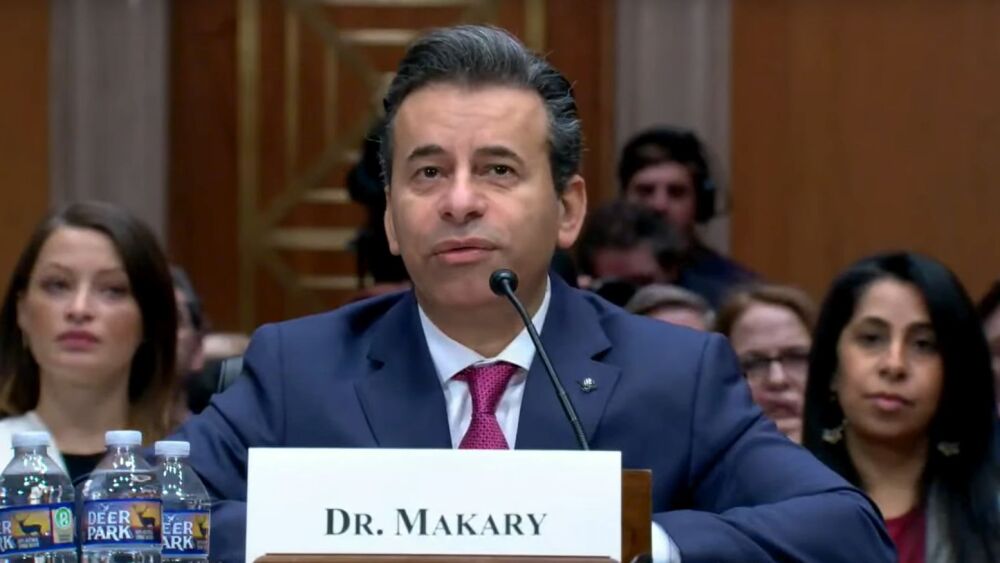Scientists at the University of California (UC), Santa Barbara, believe fluoride may offer hope in the fight against antibiotic-resistant bacteria.
Over the past several decades, there has been a significant rise in antibiotic resistance due to the overuse of antibiotic medications, which has threatened the care of millions of people worldwide. Improper disposal of antibiotics also releases these drugs into the environment, and researchers working with these drugs in the lab also have concern over their ultimate effects on study results. But scientists at the University of California (UC), Santa Barbara, believe fluoride may offer hope in the fight against antibiotic-resistant bacteria.
New research from UC Santa Barbara, published in a recent edition of Nature Communications, suggests replacing antibiotics with fluoride, at least in laboratory settings, could address the overuse of antibiotics. Ultimately, the researchers suggest, this could lead to a reduction in antibiotic resistance, but only if future research successfully generalizes the findings across clinical care.
Fluoride is a mineral added to toothpaste, mouthwashes and even the municipal water supply to improve dental and possibly bone health in people with low fluoride exposure. In particular, adding the mineral to the water supply can help people who may not have access to a dentist or funding to see a dentist to support their dental health at little to no cost.
The UC Santa Barbara research uses a method that addresses not only antibiotic overuse, but also the containment of genetically modified organisms (GMOs).
“If that GMO were to get out of the lab and successfully replicate in the environment, you could not predict what traits it would introduce into the natural biological world,” said study researcher Michelle O’Malley, a UC Santa Barbara chemical engineer. “With the advent of synthetic biology, there is increasingly a risk that things we’re engineering in the lab could escape and proliferate into ecosystems where they don’t belong.”
In their paper, O’Malley and colleagues describe the process that uses homologous recombination to make a gene in a GMO that encodes a fluoride exporter non-functional, rendering the cell unable to produce it. In a statement, the researchers suggest the cell would still survive in the lab in the presence of fluoride-free water, but it would die if it escaped into the natural environment and encounters fluoride. Thus, this would prevent propagation.
The process described in the research was previously developed by a former graduate student research in O’Malley’s lab, Justin Yoo.
“Essentially, what Justin did was to create a series of DNA instructions you can give to cells that will enable them to survive when fluoride is around,” said O’Malley. “Normally, if I wanted to select for a genetically engineered cell in the lab, I’d make a plasmid [a genetic structure in a cell, typically a small circular DNA strand, that can replicate independently of the chromosomes] that had an antibiotic resistance marker so that it would survive if an antibiotic was around. Justin is replacing that with the gene for these fluoride exporters.”
This method may also provide significant cost-savings, particularly in relation to antibiotic-driven selection in research laboratories. “Aside from fueling the rise of resistant strains of bacteria,” continued O’Malley, “from a biotech standpoint, the process of creating antibiotic-resistant organisms is also pretty darn expensive. If you were going to run a ten-thousand-liter fermentation, and it may cost you thousands of dollars per fermentation to add some antibiotics, that’s a crazy amount of money.” The use of low-concentration fluoride costs only about four cents per liter.
“Clearly,” added researcher Susanna Seppala, a project scientist, “we’d much rather use a chemical like fluoride that’s relatively benign, abundant and cheap, and can be used to do the same thing that is achieved using a conventional antibiotic.”





